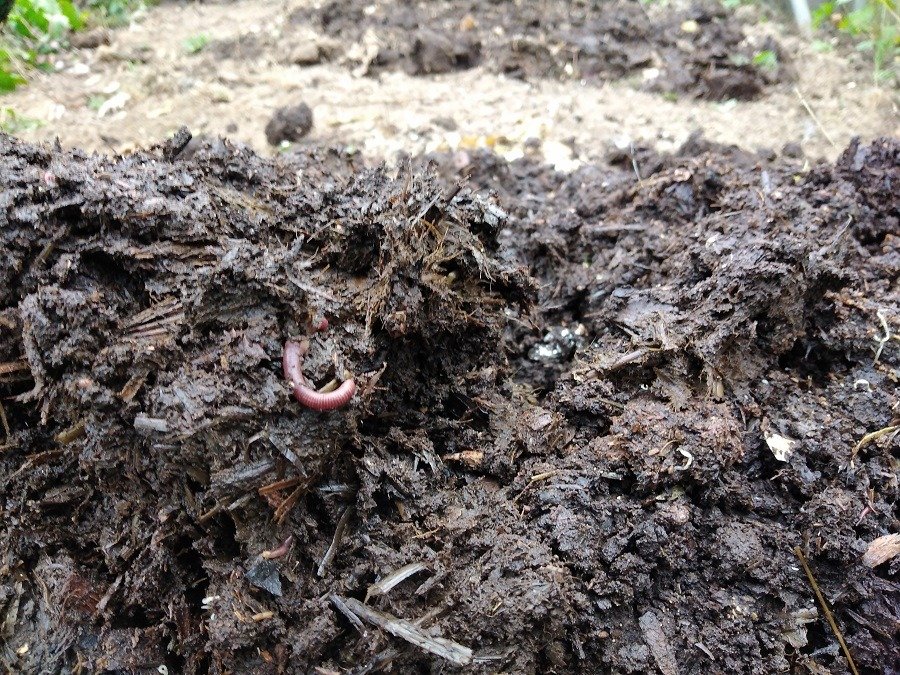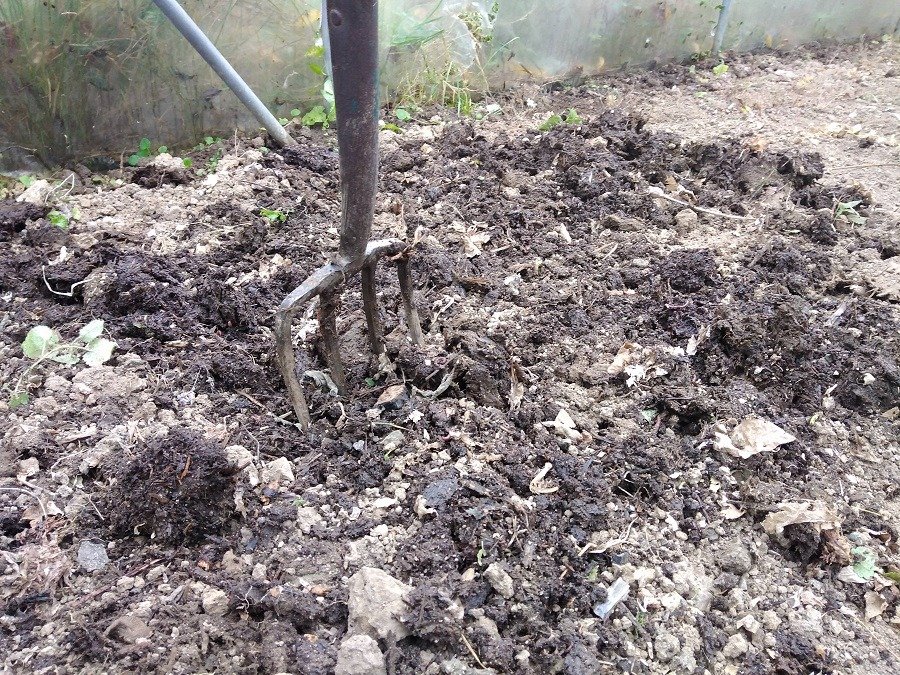Soil is essential to life. Civilisations have risen and fallen based on the fertility and health of their soil. In the modern world, we are prone to neglecting our soil, we don’t treat it with the care and attention it deserves. We use the soil as a growing medium, and add chemicals to it so our veggies look big and healthy, but this is only a quick fix and the ecosystem within the soil continually suffers season after season. The word ‘dirt’ has become synonymous with soil, which shows how undervalued it has become.
The basis of soil is rocks which have eroded over time, different types of soil can be attributed to a concentration of particular rocks. Within the soil are billions of organisms, and helpful creatures such as worms that break down organic and inorganic components, and this creates the living fertile soil in which plants grow. Healthy soil should be full of life where organisms are constantly converting chemicals and minerals into substances that plants can use in order to grow.
The farmer or gardener has the responsibility to add organic substances to the soil to sustain this process and sustain a fertile soil. It’s important to put as much into the soil, as is taken away during a harvest. Many biodynamic and organic farmers will grow cover crops or a surplus of plants so that there is enough organic matter to be added back into the soil.
Keeping animals is a great asset for sustaining the health of your soils. Since the advent of agriculture animals, plants and soils have worked together symbiotically, manure has been added back into the soil. These grazing animals are so important, they consume grasses from a large area, but their manure can be collected and focused in a particular part of the farm providing a dose of vitality to the soil, where crops will flourish.

We need to maintain the life in our soils, when we continually add artificial fertilizers to see any results from our crops, then soil loses its incredible powers, and becomes lifeless dust that can no longer support plants in any way remotely natural. Composing is the best way to bring organic material back into the soil.
Bring Life Back To A Dry Garden Bed
After the summer once our vegetables have been harvested, it is common for a bed to become abandoned. In this case, a polytunnel bed was left, and became filled with all sorts of wild plants, as the bed was no longer begin watered the soil turned to dust, and it was clear that a large amount of the nutrients of the soil had been taken when the summer vegetables were harvested.

When preparing the beds for winter crops (in this case it will be a bed of kale) we have an opportunity to add organic material that had been lost during the harvest. Ideally, we wouldn’t abandon a soil bed like this, and nature doesn’t like bare soil, especially under a polytunnel where the soil will quickly dry if unattended to.
This compost is a dynamic mix of organic matter, consisting of kitchen scraps. cuttings, wood chips, and a little bit of cow manure that has been breaking down for over a year. As you can see it is absolutely teeming with life, I think it could be classed as a worm farm.


I used about four wheelbarrows of compost on a bed of 8m by 2m. Once you have taken out any visible couch grass or weeds, you can add the compost onto the bed. You want to gently spread it around the bed, before incorporating in into the soil. I recommend using a fork for this.
When incorporating the compost into the soil, you only need to go about 15cm into the soil. The idea is to break up the very top layer of soil, so water can enter into the base structure, you don’t need to distribute the soil too much.

The worms will set about working the dying soil and bringing it back to life. All of the micro-organisms and bacteria present in the compost will work there way into the garden bed to provide a good fertility ready for the winter crop.
As this bed has been left without water for the last couple months, since the summer harvest, it is import to irrigate it. In this particular case, the soils is so dry that we will irrigate it for about three hours. This will really give the worms and micro-organisms a head start.

Soon, it will be a fertile bed, ready to sustain a new crop. It is worth mentioning that this is only possible because there is a mass of organic material that has accumulated over years, and there is always compost at hand. We have to plan ahead when caring for the health of our soils.
Recent Posts
From my experiences with biodynamic agriculture, as I now enter into my fourth year of being on biodynamic farms and gardens, I have to say I find this a difficult question to answer because it’s...
Part One - Honey Bee Species: Mellifera, Cerana, Dorsata, and Florea
Introduction I am halfway through a traditional beekeeping course as part of my deep dive into beekeeping over the last year. It is a standardised beekeeping course, that you find in most towns...
